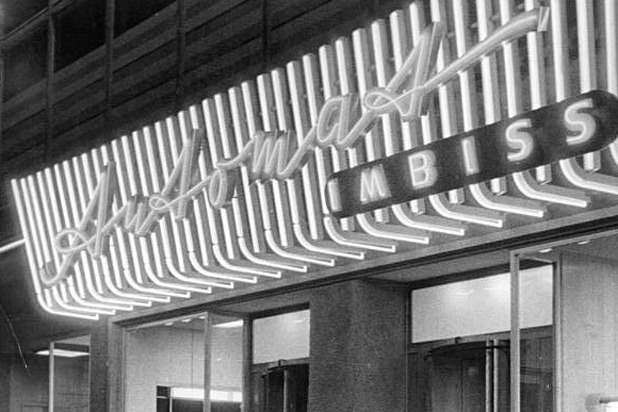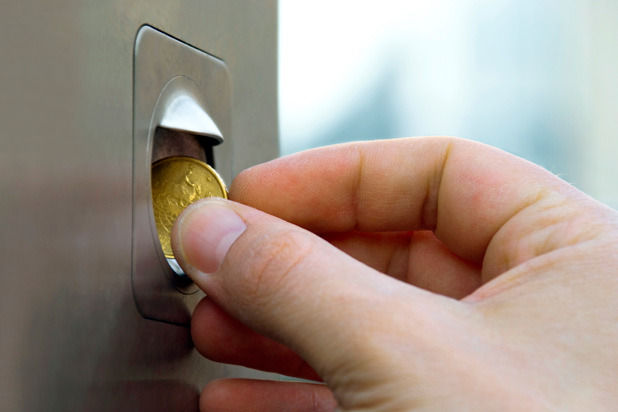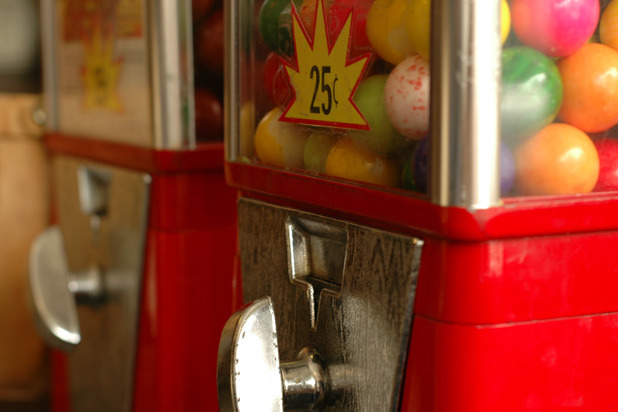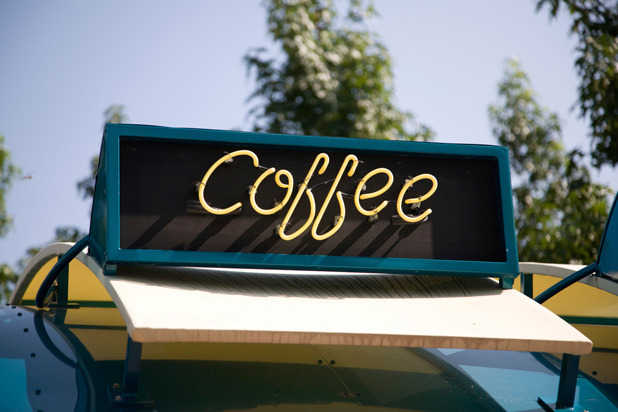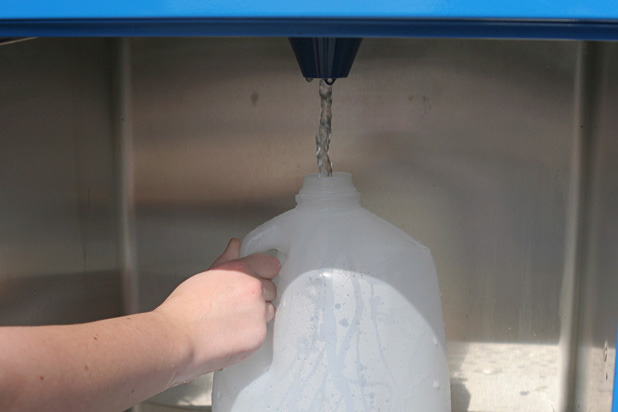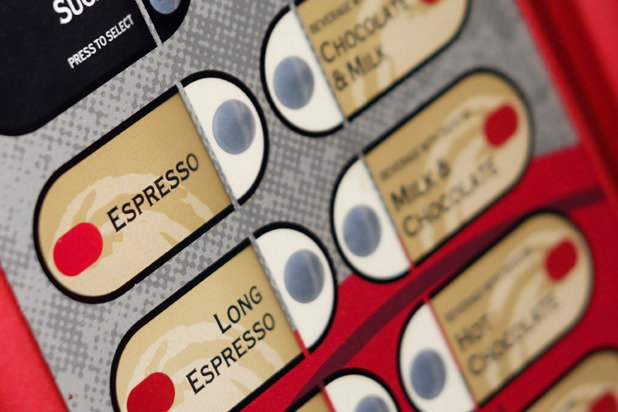The Vending Machine: A History Slideshow
The Thomas Adams Gum Company, known as the inventor of modern chewing gum, began selling its chewing gum via a dispenser on a New York City train platform. The first flavor? Tutti-Frutti.
1902: The first automat opens in Philadelphia
Joseph Horn and Frank Hardart launched the country's first automat in Philadelphia in 1902. They took the luncheonette concept and were inspired by Berlin's Quisisana Automat, an automatic food service restaurant. The automats featured menu items including macaroni and cheese, baked beans, and creamed spinach, which were particularly popular during the wartime in the U.S.
1912: The first Automat opens in New York City
Joseph Horn and Frank Hardart opened their flagship automat in New York City in 1912. The automat was a new wonder for city-goers who could drop a nickel into the machine and, depending upon which compartment they chose, would receive their selection just by opening a tiny door. This concept of the automat restaurant quickly swept the nation, with outposts popping up in places from Chicago to Philadelphia to California.
1913: Ford Gum launches gumball machines
Ford S. Mason, who created and ran the Ford Gum & Machine Co. decided to enter into the gumball business by selling high-quality gumballs in a bulk vending environment. He looked to monetize his business by utilizing charities and nonprofits as an avenue to showcase his vending machines, and also continued to constantly improve the quality of the gum. Shortly thereafter, the gum ball machines could be found on countertops, in stores, and in pipe-rack stands across the country.
1937: The Vendorlator Manufacturing Company opens its doors
The Vendorlator Manufacturing Company, or VMC, was created by Harry S. Childers and Howard M. Tripp to form a company that produced soda bottle vending machines. The partners crafted vending machines for companies including Pepsi-Cola and the Coca-Cola Company. Throughout the 1940s and 1950s, VMC crafted some of today's most collected and sought-after vending machines, namely the VMC 27 and the VMC 33 models.
1946: The first coffee vending machines are introduced
Work became a little less stressful after the first coffee vending machine was created in 1946. Workers around the nation found themselves flocking to coffee vending machines for their daily caffeine fix.
1950: The first refrigerated sandwich vending machine is created
Refrigerated sandwich vendors now offered a variety of sandwiches to the public. Tom's Toasted Peanuts and Delicious Sandwich vending machine became popular, offering a quick self-serve sandwich for only $0.10.
1978: Water vending machines are introduced
Soft drink vending machines companies, such as Coca-Cola, began selling bottled water in separate vending machines as well as offering them in the soft drink vending machines. At the time, the average American drank 1.6 gallons of bottled water a year, according to Beverage Marketing Corp. Plastic bottles were already introduced to the market in 1970, allowing water to be sold in a plastic bottle.
1991: Coffee vending machines roll out flavored options
Consumers were introduced to machines that produced a variety of flavored coffees, espressos, and cappuccinos, enhancing the enjoyment of one's coffee break.
1991: The last automat in New York City shutters
Although the New York Horn & Hardart Automats remained quite popular up until the 1960s, there was a steady decline after that. The last of the Horn & Hardart automats, located on the southeast corner of 42nd Street and Third Avenue, closed its doors in April 1991. Bamn! (pictured) opened on St. Marks Place in New York in 2004, but closed a few years later.
Present Day
Vending machines have now progressed to sell a variety of food products. Depending on the machine, items can range from beer to bottled alcohol to fresh lobsters to fried foods. There are also many specialty vending machines, particularly in the health and wellness market, that produce healthy snacks and meals for travelers and can often be found in airports. Click here to read about the world's 24 oddest vending machines.

